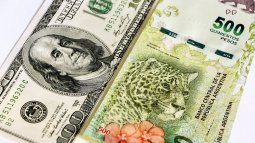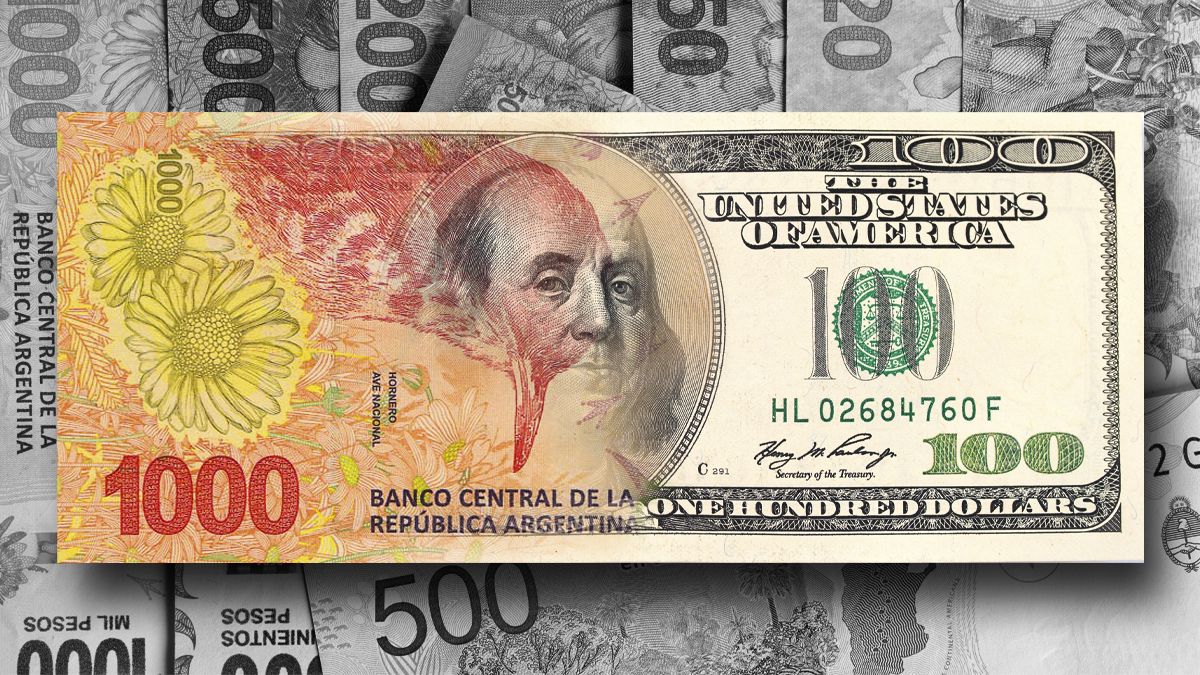A paper published by analysts from MIT University, in the US, warns that the dollarization proposed by some sectors is unfeasible in Argentina today and explains why.
Every time the pre-candidate for president of Liberty advances, javier mileiappears on the scene, one of the issues that comes up is that of dollarization, which is one of the central axes of his government proposal and the economist of the Massachusetts Institute of Technology (MIT) Ivan Wering addresses this issue in a recent paper that he published in which he warns about the current conditions of the Argentine economy and points out that they are not adequate to propose a project of this type.
The content you want to access is exclusive to subscribers.
Thus, in his work titled “Dollarization dynamics”, The Argentine economist and his two co-authors, Tomás Caravello and Pedro Martínez-Bruera, present previous cases of dollarization carried out by countries such as Ecuador and Zumbawe and the reverse case (de-dollarization) faced by Panama. And, taking these experiences into account, it analyzes the risks and problems involved in carrying out this type of economic proposal in a context of shortage of dollars, such as the one that Argentina currently has in the reserves of the Central Bank (BCRA) and lack of credit.


He points out that, beyond the simple concept of change pesos to dollars at the exchange rate that you would give at this moment Taking into account the scarcity of reserves, it would be necessary to think about the substantive issues that this step would entail.
The problems of dollarizing in Argentina
And it is that, according to the analysis, a measure of this type in a context of shortage of dollars can lead to a “sudden stop” (a kind of sudden heart attack), which implies a drop in the consumption of tradable goods, a currency that appreciates sharply as a result of the change in the monetary sign, which has repercussions in a drop in wages and an initial drop in internal prices that it is followed by gradual appreciation and positive inflation.
Thus, the authors of the paper describe that dollarization in the current context of lack of foreign currency would lead the economy to a recession in the first instance and, later, to With nominal rigidities, the economy enters a recession firsteven if prices and wages are allowed to adjust flexibly based on the shock.
And while a recovery in activity may follow, the inevitable fate turns out to be the steady state, which is when a constant amount of capital and a constant population size are reached without any growth.
On the other hand, Werning warns, of course, that, beyond the effects of the macro, often left aside, there are also the usual costs: seigniorage and the loss of independence of monetary policy.
Source: Ambito




